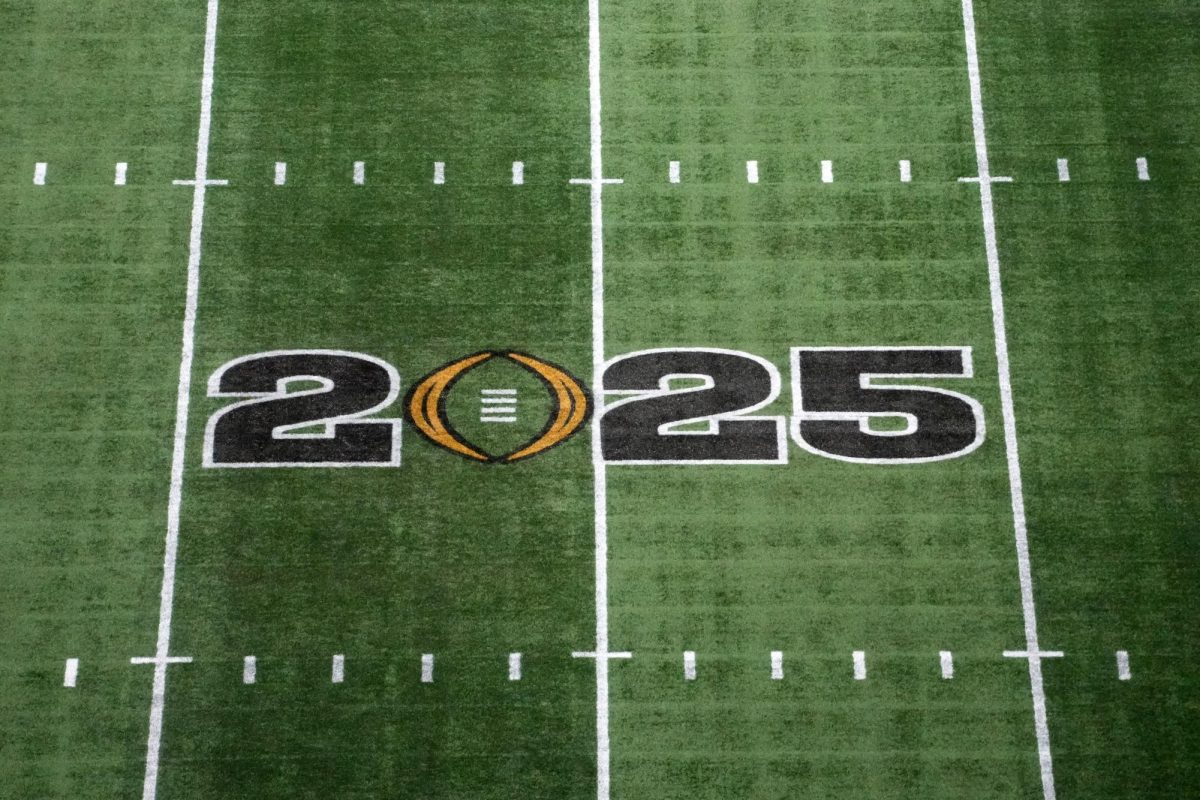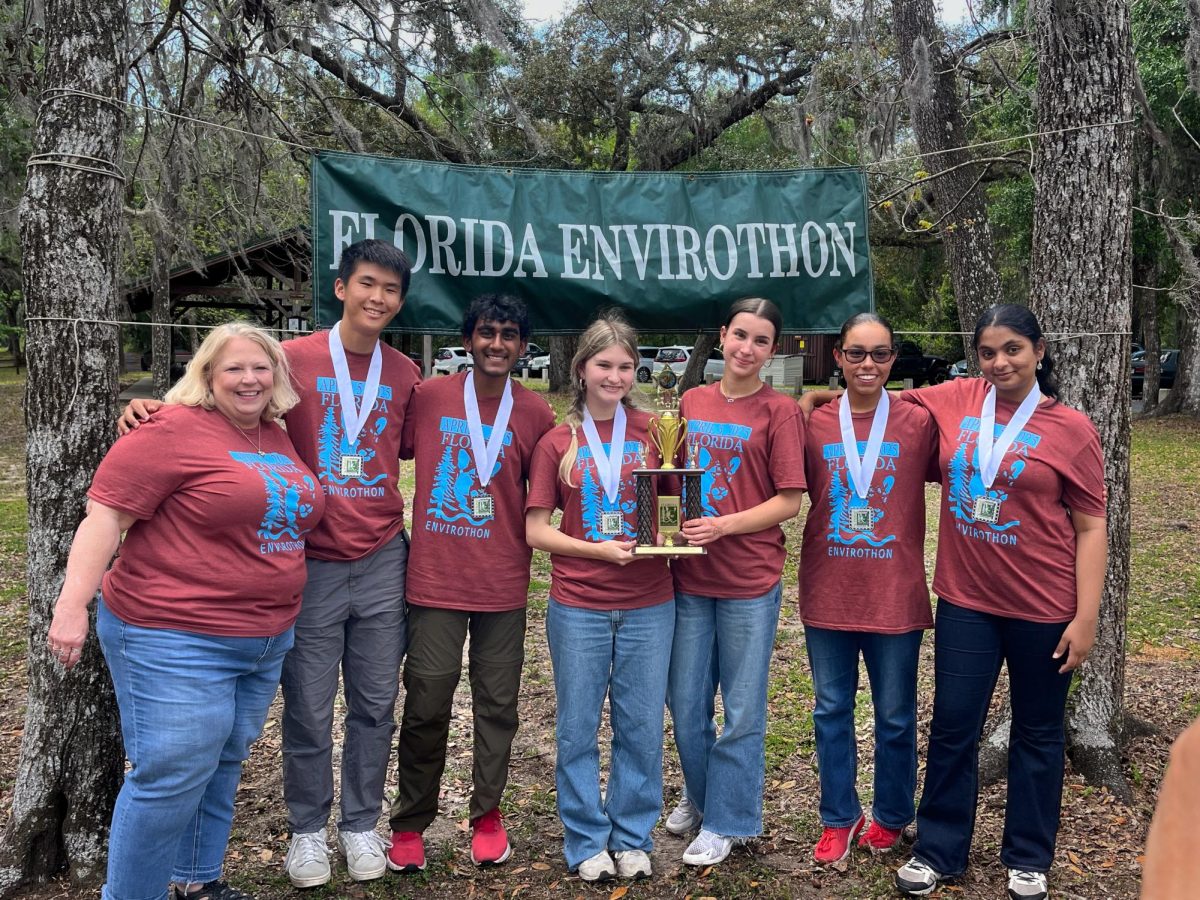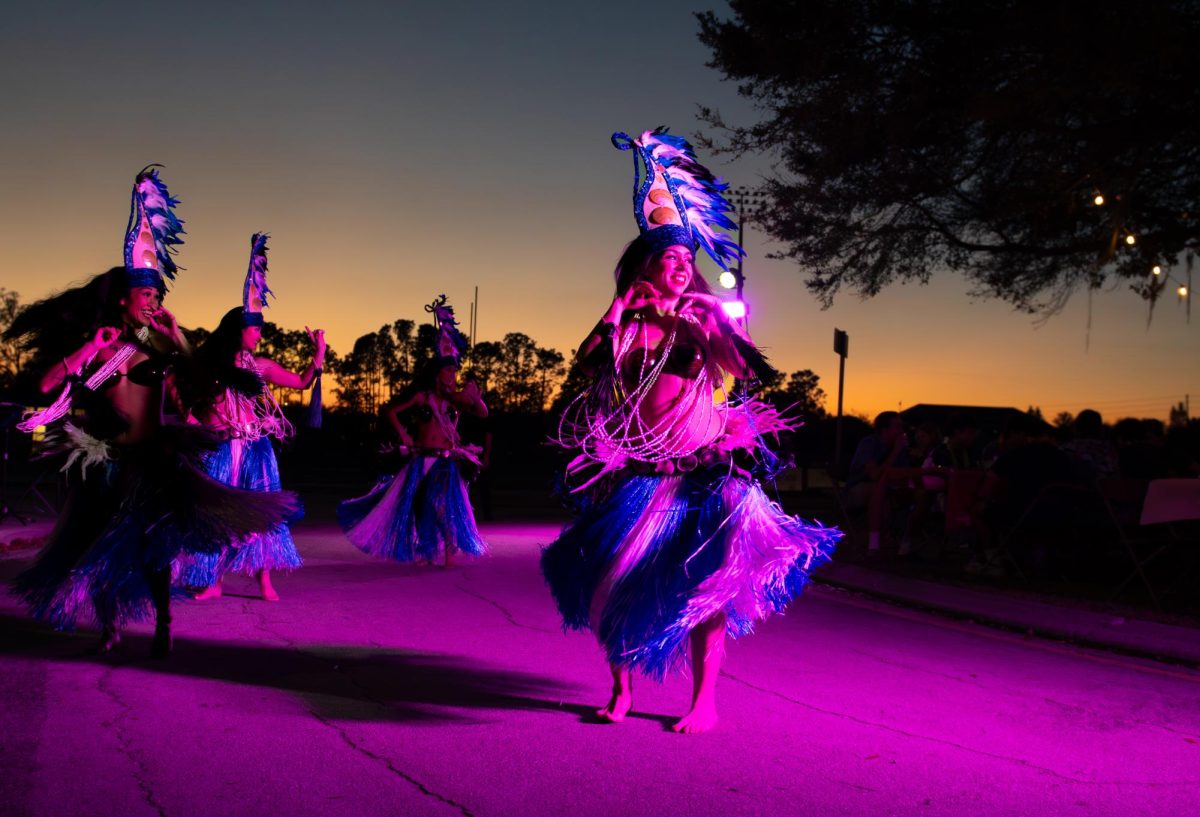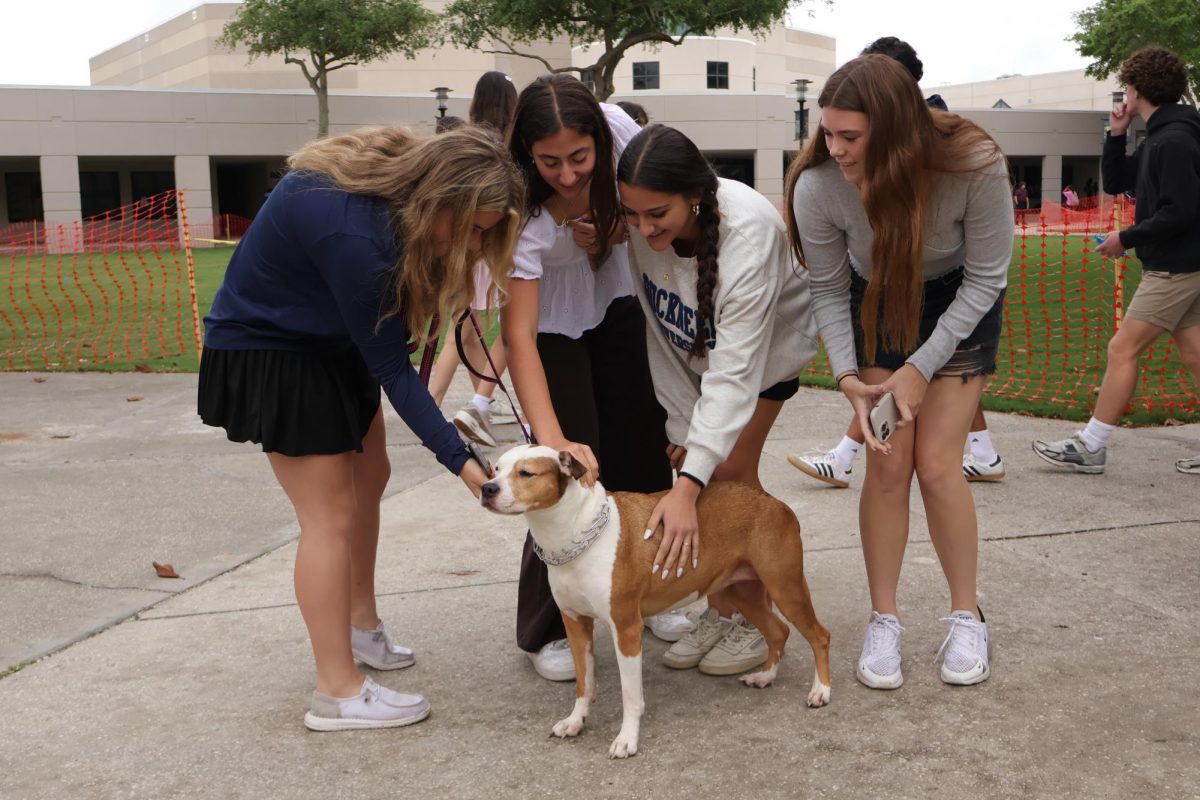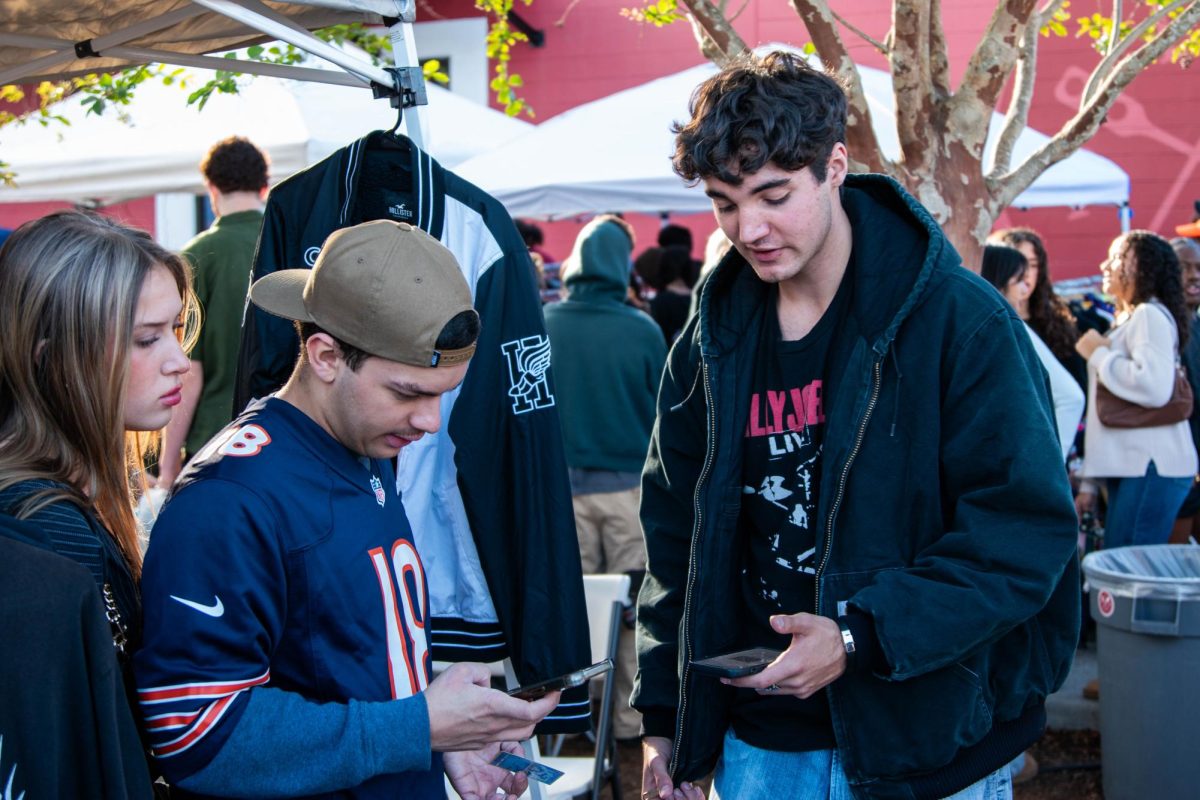On Sept. 4, Florida Gov. Rick Scott declared a state of emergency for Floridians and arranged 7,000 troops and 100 members of the Florida National Guard to help with operations. While Floridians braced for the possibility of a category five storm with sustained winds over 185 mph, Trinity Prep students and faculty took necessary precautions to ensure the safety of their property, friends and family.
Mandatory evacuations took place in at least 13 counties affecting more than 1.3 million Floridians. Scott closed all tolls starting from Sept. 5 while all schools were shut down from Sept. 9-11.
“The final decision was made on Thursday, Sept. 8 to close campus on Friday, Sept. 9,” Assistant Headmaster and US Principal Dennis Herron said. “We decided to close campus for students for the whole day and at noon for anyone other than essential employees making last-minute preparations. The school has an Emergency Crisis Management Team that Mr. Lawson and I meet [with] to discuss these issues, and the final decision is made by the Head of School in consultation with the team.”
Trinity’s faculties and maintenance crew became aware that Irma was heading through Florida on Sept. 5 and attempted to secure the campus to avoid the hazards of flying debris. Altogether, 12 hours of labor were conducted by eight people to protect all buildings and equipment prior to the hurricane, according to Director of Maintenance and Operations Lou Garcia.
“The windscreens around the tennis courts, pools and athletic fields all have to come down or else they will be knocked down by the wind,” Garcia said. “We then had meetings with our teams to have people in place following the aftermath. On Friday, before the storm, all trash cans were removed—approximately a hundred of them at around 70 pounds each. Then we pumped down our lift stations, set all the AC’s back, and shut down all items that have the possibility of getting damaged during a power surge.”
With Hurricane Irma rapidly intensifying in the Atlantic basin, the Trinity faculty had to quickly follow all protocols in the likelihood of a disaster.
“It’s obviously a stressful situation since the Maintenance Department has only four members, and we are short handed to begin with,” Garcia said. “There are over hundred acres on campus, and it’s difficult to cope with the [prospect] of damage on our campus as well as at our homes.”
After Irma passed through Orlando, the maintenance department evaluated the campus’s situation on Tuesday, Sept. 12. They made decisions regarding the readiness of the campus for safe return and overall driving conditions.
“The debris across campus and the hanging, broken branches had to be cleared before students could return to campus, and that was done on Tuesday and Wednesday,” Herron said. “The large tree that fell onto the bridge affected classes in Stuart Hall’s northeast side until we were able to safely take the tree down on Thursday, Sept 14.”
Head of School Byron Lawson decided to resume classes after Trinity was able to restore power on Tuesday, Sept 12. Schools are a high priority for energy companies, and Trinity made constant contact with Duke Energy to guarantee all facilities were up and running by Thursday, Sept 14. However, the maintenance department still faced the major task of cleaning the entire campus for more than 300 hours of combined labor. Since Garcia and his team prepared for the worst by following all emergency procedures, the campus did not suffer any major damages.
“A good estimate for total damage will probably be around $50,000 taking into account the clean up, the tree that fell on the [Head of School’s] house, the bridge and other small items,” Director of Finance and Operations Jeff Ambrose said. “Lou and his crew did a great job in [safeguarding] the campus, and I applaud him and his crew’s work ethic.”
When Irma hit the Florida mainland, its eye was immediately weakened and moved between the state’s major cities. It did far less damage than feared in the United States but left millions poorly equipped and without power when Hurricane Maria ripped through Puerto Rico as a category four storm. Maria was the tenth-most powerful hurricane on record in the region and the strongest to hit Puerto Rico in more than 80 years.
“[Although] Irma’s eye went above us, it still caused damage,” Junior Patrick Rodriguez said. “My friends [from Puerto Rico] say their houses were flooded and even windows were busted. Burger King signs were seen on the ground and even streetlights were flying all over. The whole island has no power right now, and there are multiple deaths confirmed. It is really hard communicating with family and friends since the signal there is unpredictable at the moment.”
The 2017 Atlantic hurricane season is potentially the costliest on record with an initial total of more than $180 billion in damages, according to The Wall Street Journal. Hurricane Maria can cost Puerto Rico anywhere from $45-$95 billion—a crippling blow to their already unstable economy. However, people are coming together to establish volunteer efforts and organizations to help Puerto Ricans.
“Red Cross is already there with FEMA,” World Language Teacher Amarilys Heard said. “We are working on a telephone tree—friends of other friends are calling each other to gather supplies. Trinity is partnering with CASA, a group of small business owners based in Orlando, and we are collecting everything that we can including cash. There was a lot of stress and anxiety. It took almost a week to find out how they were doing and whether they have [resources]. Right now, we are relieved that they are safe, but now the concern is when they are going to get the services that they need since there is no communication and little running water.”
Private companies like Royal Caribbean are sending cruise ships stocked with supplies to help the Caribbean islands. They hope to drop these supplies and bring thousands of Puerto Ricans back to the states. In the midst of turmoil, people of different beliefs and backgrounds are reaching out to ensure the safety of their loved ones.
“The Puerto Ricans have so many ties with the island and I hope that Central Floridians can come together and help our neighbors,” senior Charlie Tang said. “They are really our neighbors and not just some third-world country. It is a tragedy in our backyard, and they are Americans just like us. I hope that not only Puerto Rican Americans, but all Americans can recognize that Puerto Ricans need assistance in this dire moment.”




